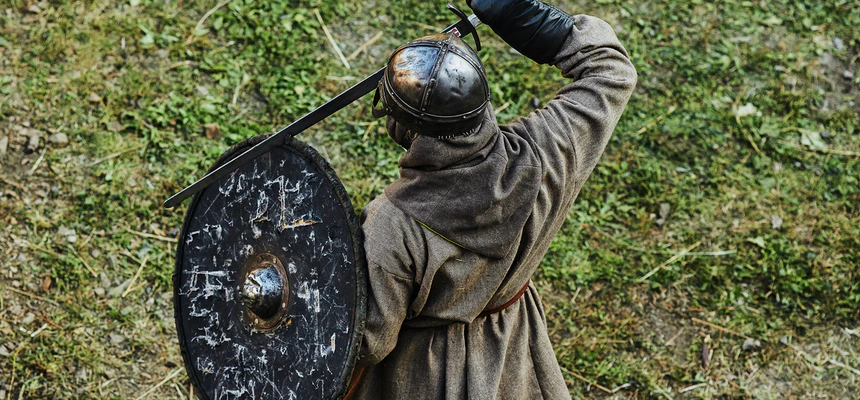
Pope Callixtus II was born Guy, or Guido, of Burgundy around 1065. Related to many royal families of western Europe, his father was the eminent Count William I of Burgundy.
At a young age, in 1088, Guy became the archbishop of Vienne. The complicated lay investiture problem was already in the political forefront. Guy was very pro-papal in his views. As an archbishop, he attended the Lateran Synod the same year. Pope Pascal, who had come under the violent influence of the emperor, Henry V, presented the “Privilegium” at the synod. This gave Henry privileges to nominate and invest bishops and abbots on his own.
By this time, Guy was the papal legate to France. He went to France and led a violent opposition to Pascal’s publication. The French and Burgundian prelates had a meeting at Vienne. They denounced lay investiture as heretical. They pronounced sentences of excommunication on Henry V on the grounds that he had extorted the “Privilegium” from Pope Pascal through violent means. The prelates even called Pascal a simpleton. Then the prelates sent their decrees to Pascal with a request for a confirmation. They received it on 20 October that year. Although Pascal was not pleased with Guy’s zeal, he made him a cardinal soon after.
PAPACY
Pascal died in January 1118. His successor died 29 January the following year. Guy became pope at Cluny Abbey 9 February 1119, being voted in by only a handful of cardinals. At this point, it looked like Guy and Henry were willing to negotiate with each other. Henry withdrew his support for the anti-pope who was in Rome. The papal ambassadors agreed to have a private meeting between the two at Mousson, near Rheims, when the pope planned on having a council in October.
Many religious and prelates attended the Council at Rheims. Henry showed up at Mousson with 30,000 troops. Fearful of what that could mean, Guy remained in town, ineffectively negotiating between Henry I of England and Robert II of Normandy, fighting brothers. The Council dealt with disciplinary regulations like simony and clerical concubines. Henry was not willing to compromise. So, he was excommunicated from the whole Church, along with his anti-pope Gregory VIII, on 30 October 1119.
Guy returned to Rome in the late fall. Henry’s anti-pope was still sitting at the Lateran, supported by Henry’s imperial forces and Italian allies, like the Frangipani family. However, Callixtus had the popular support. Pro-Callixtus rioting broke out and Gregory had to flee to the fortress of Sutri. Eventually, the Norman papal supporters from Sicily captured him.
Pope Callixtus II accomplished some very important work in his five years on the throne. Once he was in control of Rome, he wrote the papal bull, “Sicut Judaeis” (1120). This became the official position of the papacy towards Jews. It forbade Christians from forcing Jews to convert, be harmed, have property taken, disturb festivals or interfere with cemeteries. This has been reaffirmed by many popes.
The Concordat of Worms (1122) finally ended the lay investiture controversy. Henry finally abandoned the claim to investiture with ring and crozier but was granted freedom of election to episcopal sees. The pope, in turn, accepted that a bishop could receive investiture with the sceptre and would allow elections in the presence of the emperor or his representatives.
The first Lateran Council, on 18 March 1123, confirmed the Concordat and several disciplinary decrees. Indulgences granted to crusaders were renewed. The jurisdictions of bishops were more clearly defined.
Pope Callixtus’ last years reestablished papal control over the Compagna (central Italy). It established primacy of the See of Vienne over the See of Arles. He also rebuilt the church of Santa Maria in Cosmedin.
For the first time in years, a pope died in peace. Pope Callixtus died 13 December 1124.
External links: POPE CALLIXTUS II—FINALLY A POSITIVE SIGN (catholic365.com)
Internal links: POPE PASCAL II AND CONTINUED TROUBLES – Lanternarius Press

Recent Comments